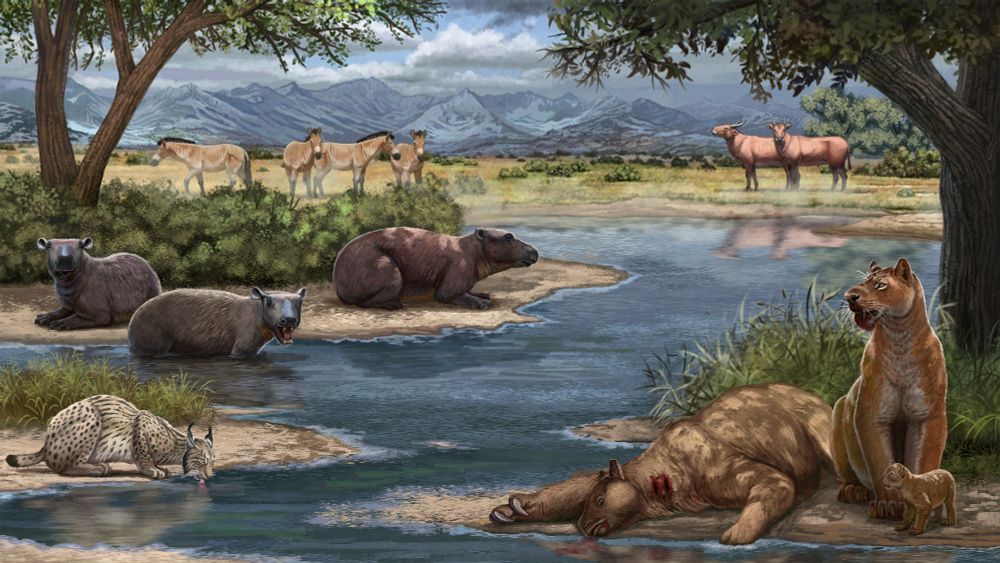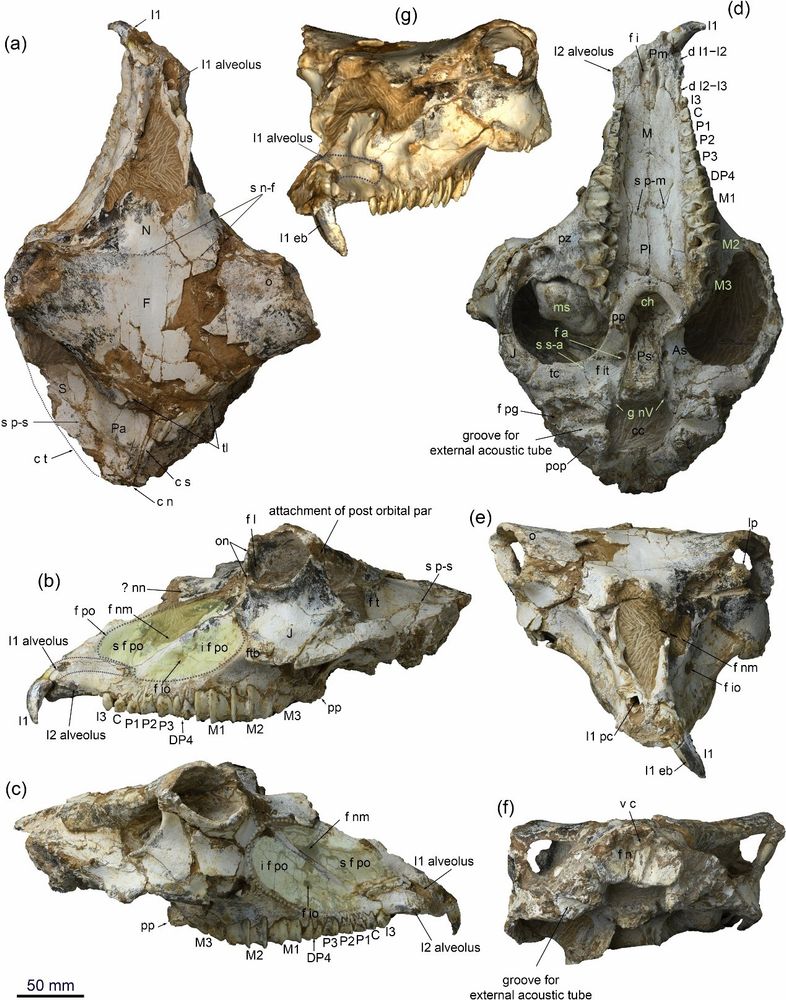

my bad English kill me
my bad English kill me
All these living things above are photographed by me.
www.sciencedirect.com/science/arti...

All these living things above are photographed by me.
www.sciencedirect.com/science/arti...
Here's a chart of the Landscape reconstruction. 6/

Here's a chart of the Landscape reconstruction. 6/






